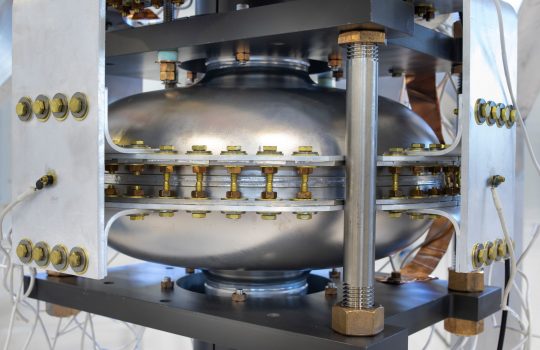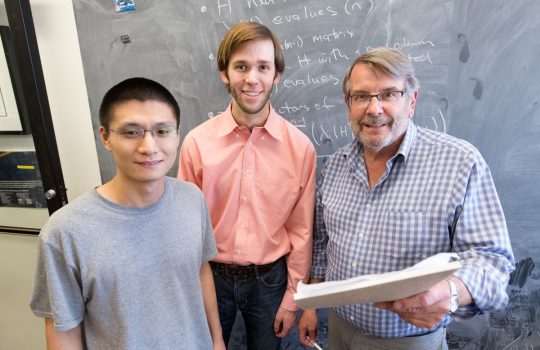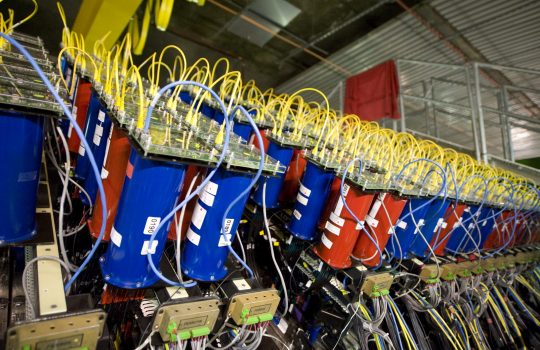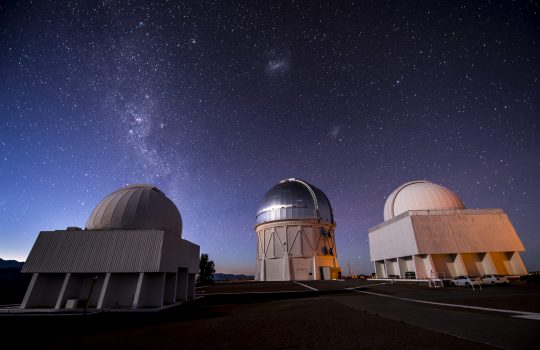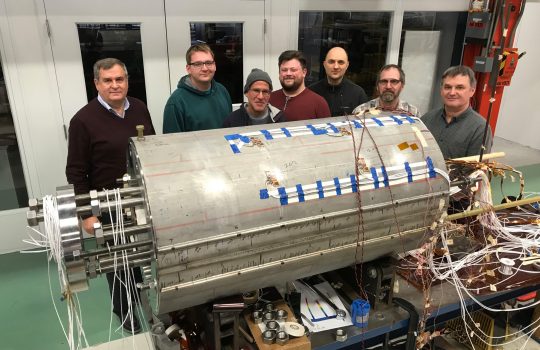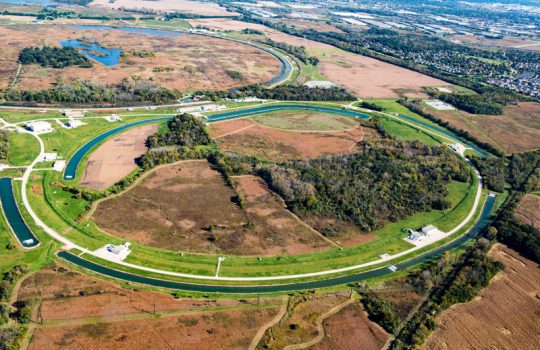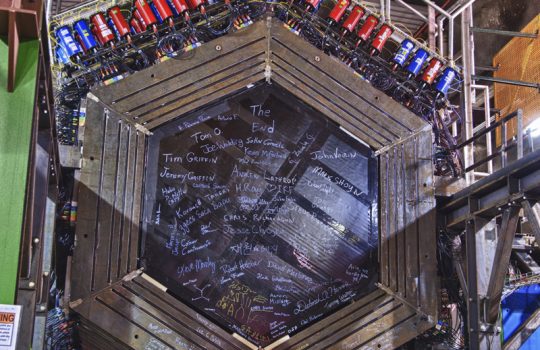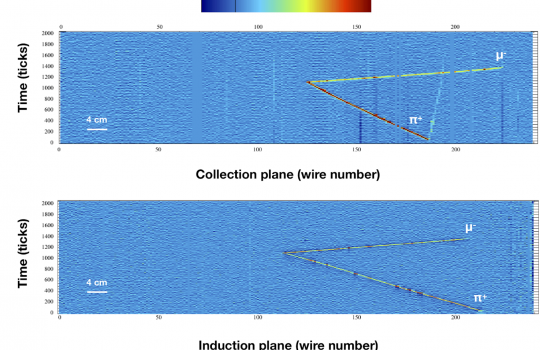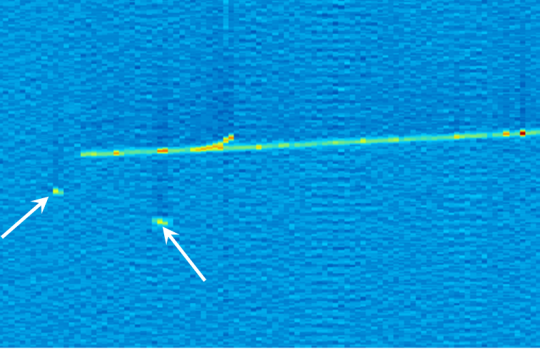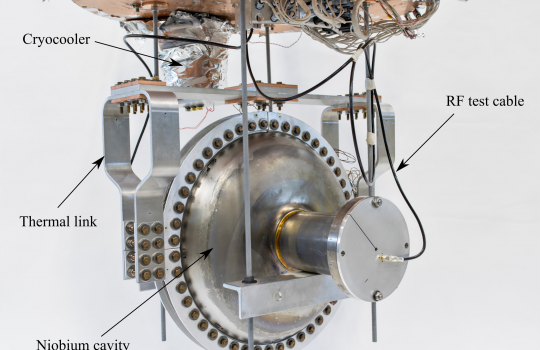Cool and dry: a revolutionary method for cooling a superconducting accelerator cavity
For the first time, a team at Fermilab has cooled and operated a superconducting radio-frequency cavity — a crucial component of superconducting particle accelerators — using cryogenic refrigerators, breaking the tradition of cooling cavities by immersing them in a bath of liquid helium. The demonstration is a major breakthrough in the effort to develop lean, compact accelerators for medicine, the environment and industry.

